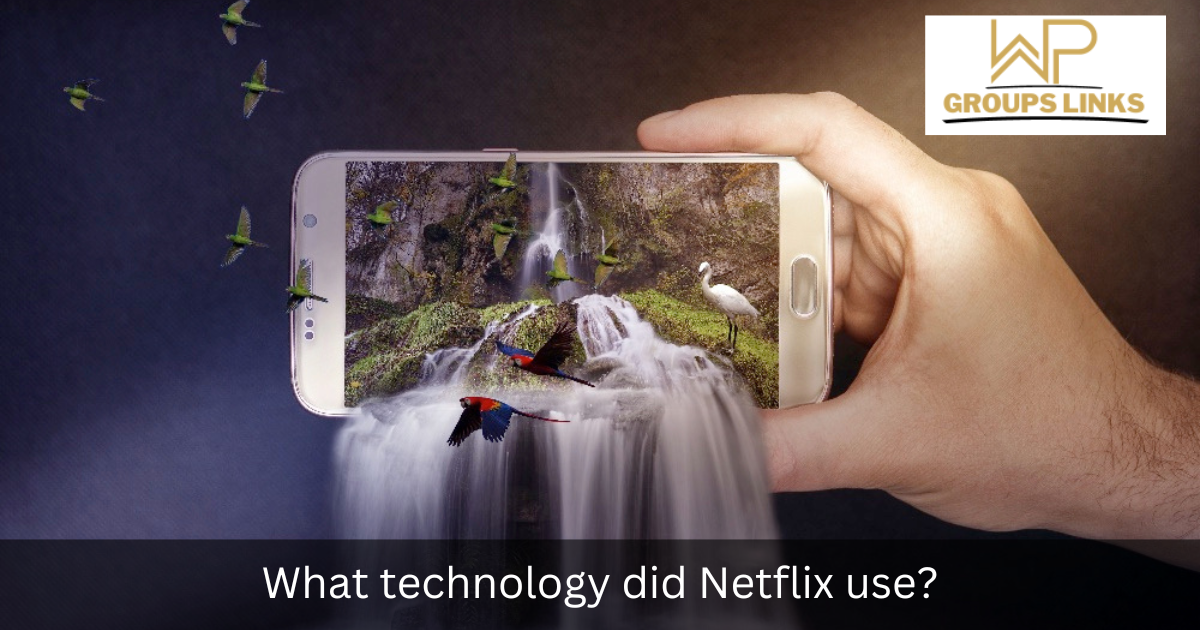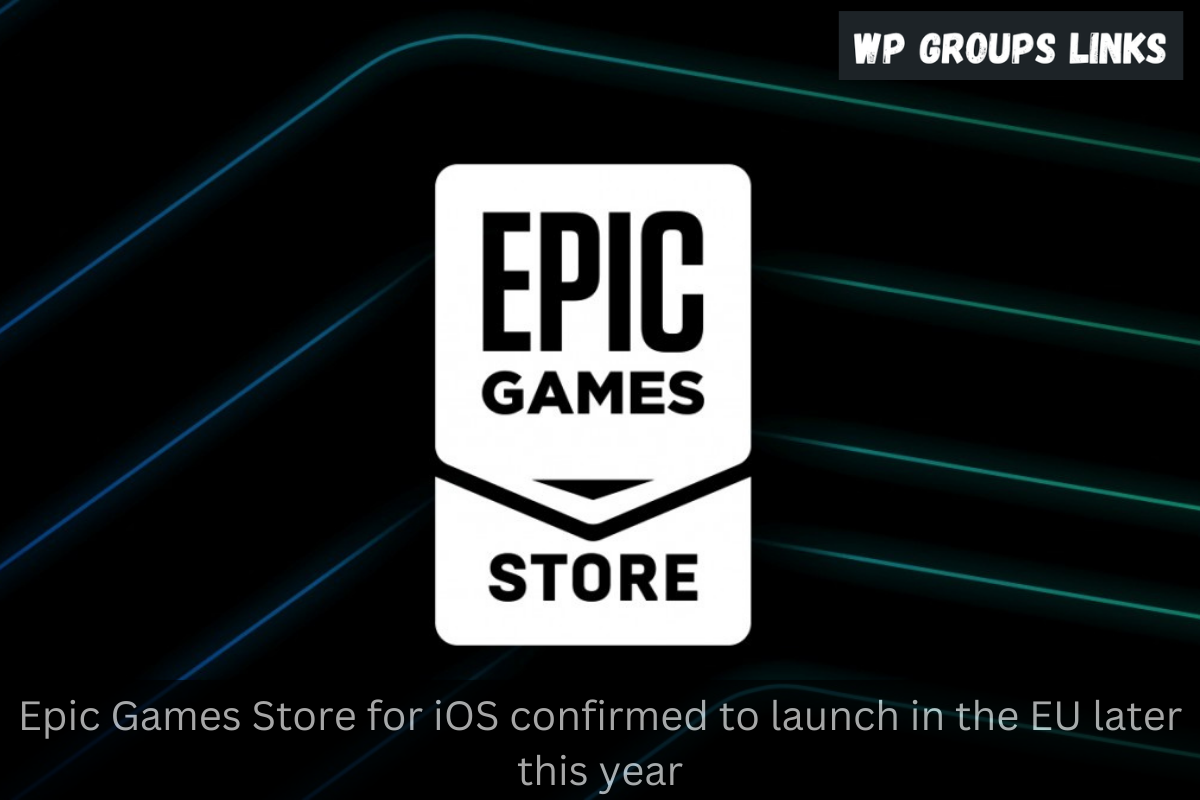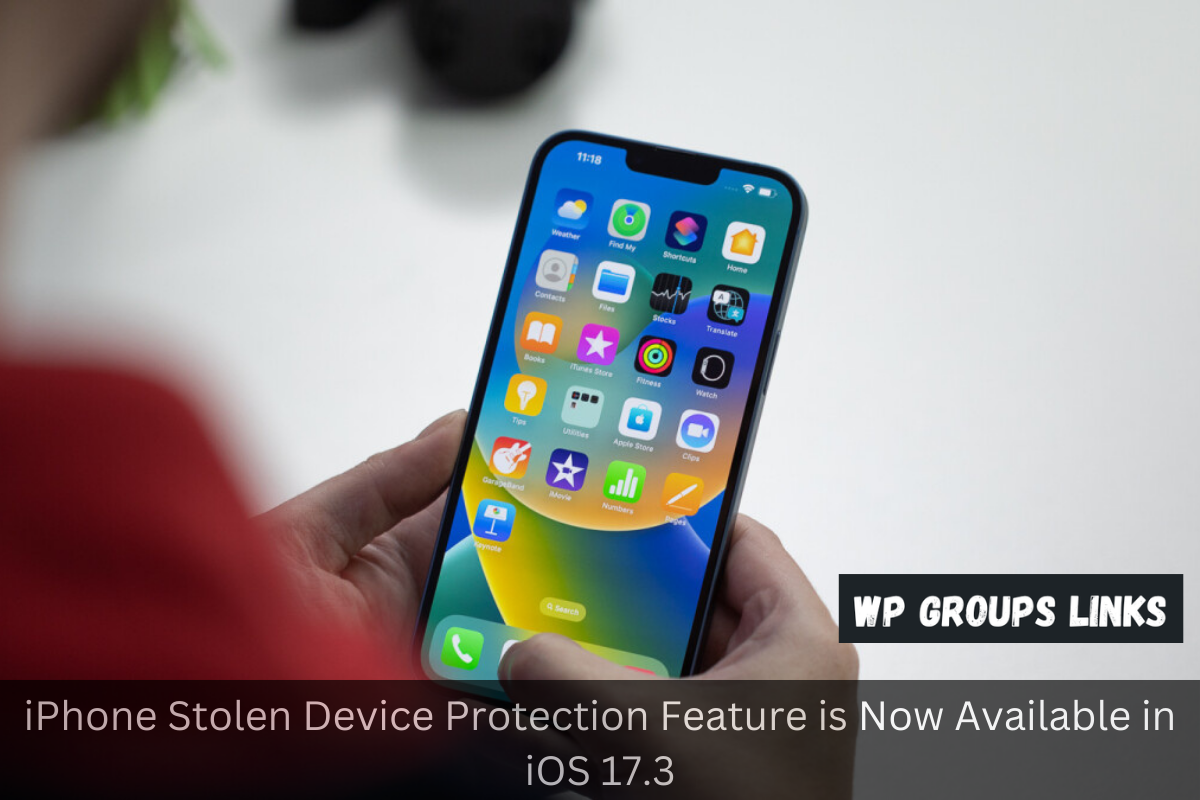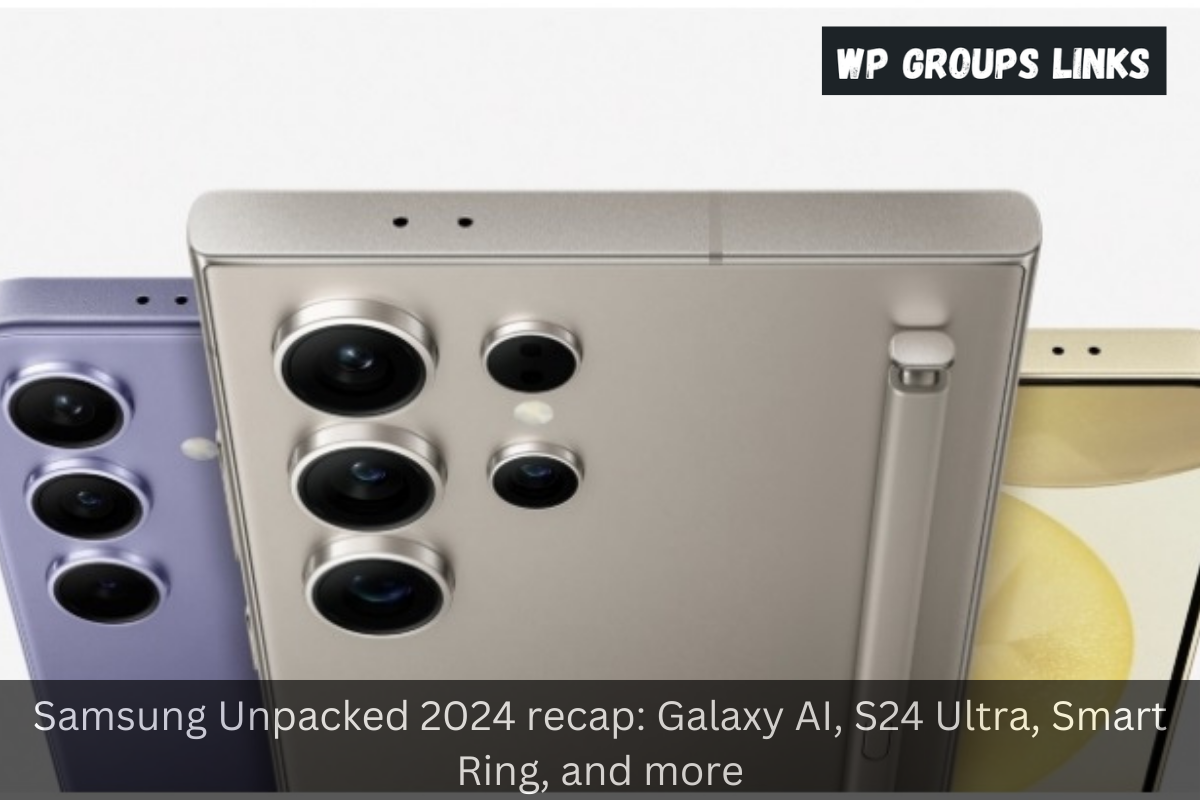Technology did Netflix use
Netflix has revolutionized the way we consume entertainment, becoming one of the world’s leading streaming platforms. Behind its success lies a combination of innovative technologies that have enabled it to deliver a seamless and personalized viewing experience to millions of subscribers worldwide. In this response, we will explore the key technologies employed by Netflix, covering areas such as content delivery, recommendation systems, video encoding, and more.
Content Delivery Network (CDN):
A crucial component of Netflix’s technology infrastructure is its Content Delivery Network (CDN). CDN allows for the efficient distribution of content by delivering it from servers strategically placed across the globe. Netflix operates its own CDN, known as Open Connect, which enables faster and more reliable streaming by minimizing latency and reducing the load on the internet backbone. Open Connect also allows Netflix to optimize content delivery based on the network conditions of individual users, ensuring a high-quality streaming experience.
Video Encoding and Compression:
To stream content seamlessly over the internet, Netflix relies on advanced video encoding and compression techniques. They employ various codecs, including H.264/AVC (Advanced Video Coding) and VP9, to compress video files while maintaining acceptable quality. These codecs use sophisticated algorithms to reduce the file size by eliminating redundant data and optimizing the remaining information. By efficiently compressing videos, Netflix can deliver high-definition and 4K content with minimal buffering and faster start times.
Adaptive Streaming:
Netflix implements adaptive streaming technology to ensure smooth playback across a wide range of devices and network conditions. Adaptive streaming dynamically adjusts the quality of the video stream based on the viewer’s internet connection. Netflix monitors the user’s bandwidth in real-time and automatically switches between different quality levels (e.g., SD, HD, or Ultra HD) to provide the best possible viewing experience without interruptions or buffering. This technology allows users to enjoy Netflix on various devices, from smartphones and tablets to smart TVs and game consoles.
Big Data and Analytics:
Netflix leverages big data and analytics extensively to drive its recommendation system and make informed content acquisition decisions. They collect vast amounts of data on user behavior, including viewing history, search queries, ratings, and interactions. By analyzing this data, Netflix builds detailed user profiles and generates personalized recommendations. These recommendations are based on collaborative filtering algorithms, content-based filtering, and machine learning models, which help to predict user preferences and suggest relevant content tailored to individual tastes.
Machine Learning and Artificial Intelligence:
Machine learning and artificial intelligence play a pivotal role in Netflix’s operations, contributing to areas such as content recommendation, content creation, and quality control. The recommendation algorithms employ machine learning models that continuously learn from user feedback, improving their accuracy over time. Netflix also uses machine learning to analyze and categorize content, enabling them to identify patterns and make data-driven decisions regarding content acquisition and production. Additionally, machine learning is employed for quality control, automatically identifying and flagging potential issues in video and audio streams to ensure the best possible viewing experience.
Cloud Computing:
Netflix heavily relies on cloud computing services, particularly from Amazon Web Services (AWS). By leveraging AWS’s infrastructure, Netflix can scale its operations dynamically, adapting to fluctuations in demand. The elastic nature of the cloud allows Netflix to handle high traffic volumes during peak times while keeping costs manageable during periods of lower demand. Additionally, cloud computing provides the necessary computational power for data processing, content transcoding, and other resource-intensive tasks, ensuring smooth and efficient streaming for users worldwide.
Microservices Architecture:
Netflix has embraced a microservices architecture, which involves breaking down its applications into small, loosely coupled components. Each component handles a specific task, such as user authentication, content recommendation, or billing. This modular approach enables independent development, scalability, and fault tolerance. Microservices allow Netflix to make changes and deploy updates quickly without impacting the entire system, resulting in improved agility and service reliability.
Mobile Optimization:
Recognizing the increasing popularity of mobile devices for streaming content, Netflix has invested heavily in mobile optimization. They have developed dedicated mobile applications for iOS and Android platforms, ensuring a seamless viewing experience on smartphones and tablets. These mobile apps are designed to maximize screen real estate, provide intuitive navigation, and optimize video playback for smaller screens.
Netflix employs adaptive streaming technology to adjust the video quality based on the mobile device’s capabilities and network conditions. This ensures that users can enjoy a smooth streaming experience without excessive buffering or interruptions, even on mobile networks with varying bandwidth. The mobile apps also support features like offline viewing, allowing users to download content for later consumption, which is especially beneficial for users on the go or in areas with limited connectivity.
In addition to the technical optimizations, Netflix also considers the user interface (UI) and user experience (UX) aspects when it comes to mobile devices. The mobile apps provide a user-friendly interface tailored for touch interactions, with intuitive gestures and controls for easy navigation. They prioritize simplicity and ease of use, allowing users to browse and discover content effortlessly on their mobile devices.
To further enhance mobile optimization, Netflix takes advantage of device-specific capabilities. For example, they leverage mobile device sensors like gyroscopes and accelerometers to enable features like auto-rotation and interactive experiences in certain content. By leveraging the unique capabilities of mobile devices, Netflix aims to provide a differentiated and immersive viewing experience for mobile users.
Another aspect of mobile optimization is the integration of social sharing and engagement features. Netflix allows users to share their favorite shows or movies on social media platforms directly from the mobile app, enhancing the social experience around content consumption. They also provide features for user-generated content, such as allowing users to create and share personalized lists or recommendations with friends and followers.
Furthermore, Netflix optimizes its mobile apps to be resource-efficient and battery-friendly. They strive to minimize the impact on battery life while maintaining optimal performance. This involves implementing power-saving techniques, optimizing network usage, and reducing unnecessary background processes when the app is not actively in use. These optimizations ensure that users can enjoy extended viewing sessions without significant battery drain.



